410ci Side-Valve 4-Cylinder Engine Approximately 30bhp 3-Speed Manual Transmission Front and Rear Leaf Spring Suspension Rear Wheel Contracting Band Brakes *Exquisite Brewster bodied Peerless *Illustrious ownership history *Offered from Private European Museum collection *Formal Victoria coachwork by Brewster *A very authentic example with many original finishes Peerless Automobiles Peerless started in Cincinnati in 1874 as a manufacturer of clothes wringers, clothespins and washboards, later moving to Cleveland and becoming the Peerless Manufacturing Company. Peerless was the world leader in laundry equipment, but management was keen to expand and perceived new opportunities in bicycles; production started in 1891. Success followed but by 1900 it became obvious that the new opportunity lay in automobiles. Louis P. Mooers was the man chosen to lead this effort. Peerless licensed De Dion-Bouton designs, building both tricycles and 4-wheeled motorettes with single cylinder De Dion engines. Mooers quickly moved beyond the lightweight DeDion machines, and by 1904 had built a 60hp four-cylinder Peerless for competition for the company's new driver, Eli "Barney" Oldfield. Called the "Peerless Green Dragon", it would define Peerless's reputation for high performance and quality in a series of barnstorming appearances which enhanced both the company's reputation and Oldfield's. Peerless also demonstrated its reliability in the early Glidden Tours, setting perfect scores in 1906, 1907 and 1908. In 1907 Peerless introduced its famous slogan, "All that the name implies", and it worked assiduously at living up to it. In 1905, Mooers and Oldfield having decamped to the Moon company, Peerless hired Charles Schmidt from Packard, the designer of the famed Packard Gray Wolf racer. Schmidt moved Peerless into the realm of the six-cylinder engine in 1908, cautiously patterning it after the 30hp four designed by Mooers in 1905. Both were 4 7/8" bore, 5 1/2" stroke engines with T-head valve placement although the six got dual coil and magneto ignition. The duality of components gave Peerless a way to achieve some economies of scale, particularly as its engines used cylinders cast in pairs which bolted to cast aluminum crankcases. The driveline consisted of three-speed manual transmission, shaft drive to the rear axles and rear wheel contracting band brakes. Suspension was by semi-elliptical leaf springs at the front, with platform rear suspension arrangement: longitudinal semi-elliptical leaf springs at each side which were secured to the frame at their forward extremities and shackled to the ends of a transverse leaf spring at the rear. Platform suspension was particularly popular among chassis designers in the early teens. Peerless offered two four-cylinder engines and one six-cylinder engine on three different wheelbase chassis. Ten catalog bodies were offered by Peerless thesmelves, while some clients preferred their own bespoke coachwork from one of the major coachbuilders. The Motorcar Offered This Peerless, is in every respect 'All that the name implies' and more, with an incredible pedigree. It is a Model 29, introduced in mid-1910 and continuing into 1911; its engine is a 25hp four-cylinder with 4" bore and 4 5/8" stroke on a 113" wheelbase. It is custom bodied by one of the foremost names of the day, Brewster & Co. in New York City, which at the turn of the 20th century was the coachbuilder of choice for New York society. The quality of Brewster's workmanship was legend and in 1925 it was acquired by Rolls-Royce. The formal Victoria body is an eloquent adaptation of formal horse-drawn coachwork to an automobile chassis. The elevated seat for driver and footman are separate, in both place and caste, from the privileged, remote, partially concealed seat in the rear. The style was, as its name indicates, popularized by Queen Victoria and is one of the most enduring styles of the era. This particular Peerless Victoria was owned before the wa
410ci Side-Valve 4-Cylinder Engine Approximately 30bhp 3-Speed Manual Transmission Front and Rear Leaf Spring Suspension Rear Wheel Contracting Band Brakes *Exquisite Brewster bodied Peerless *Illustrious ownership history *Offered from Private European Museum collection *Formal Victoria coachwork by Brewster *A very authentic example with many original finishes Peerless Automobiles Peerless started in Cincinnati in 1874 as a manufacturer of clothes wringers, clothespins and washboards, later moving to Cleveland and becoming the Peerless Manufacturing Company. Peerless was the world leader in laundry equipment, but management was keen to expand and perceived new opportunities in bicycles; production started in 1891. Success followed but by 1900 it became obvious that the new opportunity lay in automobiles. Louis P. Mooers was the man chosen to lead this effort. Peerless licensed De Dion-Bouton designs, building both tricycles and 4-wheeled motorettes with single cylinder De Dion engines. Mooers quickly moved beyond the lightweight DeDion machines, and by 1904 had built a 60hp four-cylinder Peerless for competition for the company's new driver, Eli "Barney" Oldfield. Called the "Peerless Green Dragon", it would define Peerless's reputation for high performance and quality in a series of barnstorming appearances which enhanced both the company's reputation and Oldfield's. Peerless also demonstrated its reliability in the early Glidden Tours, setting perfect scores in 1906, 1907 and 1908. In 1907 Peerless introduced its famous slogan, "All that the name implies", and it worked assiduously at living up to it. In 1905, Mooers and Oldfield having decamped to the Moon company, Peerless hired Charles Schmidt from Packard, the designer of the famed Packard Gray Wolf racer. Schmidt moved Peerless into the realm of the six-cylinder engine in 1908, cautiously patterning it after the 30hp four designed by Mooers in 1905. Both were 4 7/8" bore, 5 1/2" stroke engines with T-head valve placement although the six got dual coil and magneto ignition. The duality of components gave Peerless a way to achieve some economies of scale, particularly as its engines used cylinders cast in pairs which bolted to cast aluminum crankcases. The driveline consisted of three-speed manual transmission, shaft drive to the rear axles and rear wheel contracting band brakes. Suspension was by semi-elliptical leaf springs at the front, with platform rear suspension arrangement: longitudinal semi-elliptical leaf springs at each side which were secured to the frame at their forward extremities and shackled to the ends of a transverse leaf spring at the rear. Platform suspension was particularly popular among chassis designers in the early teens. Peerless offered two four-cylinder engines and one six-cylinder engine on three different wheelbase chassis. Ten catalog bodies were offered by Peerless thesmelves, while some clients preferred their own bespoke coachwork from one of the major coachbuilders. The Motorcar Offered This Peerless, is in every respect 'All that the name implies' and more, with an incredible pedigree. It is a Model 29, introduced in mid-1910 and continuing into 1911; its engine is a 25hp four-cylinder with 4" bore and 4 5/8" stroke on a 113" wheelbase. It is custom bodied by one of the foremost names of the day, Brewster & Co. in New York City, which at the turn of the 20th century was the coachbuilder of choice for New York society. The quality of Brewster's workmanship was legend and in 1925 it was acquired by Rolls-Royce. The formal Victoria body is an eloquent adaptation of formal horse-drawn coachwork to an automobile chassis. The elevated seat for driver and footman are separate, in both place and caste, from the privileged, remote, partially concealed seat in the rear. The style was, as its name indicates, popularized by Queen Victoria and is one of the most enduring styles of the era. This particular Peerless Victoria was owned before the wa
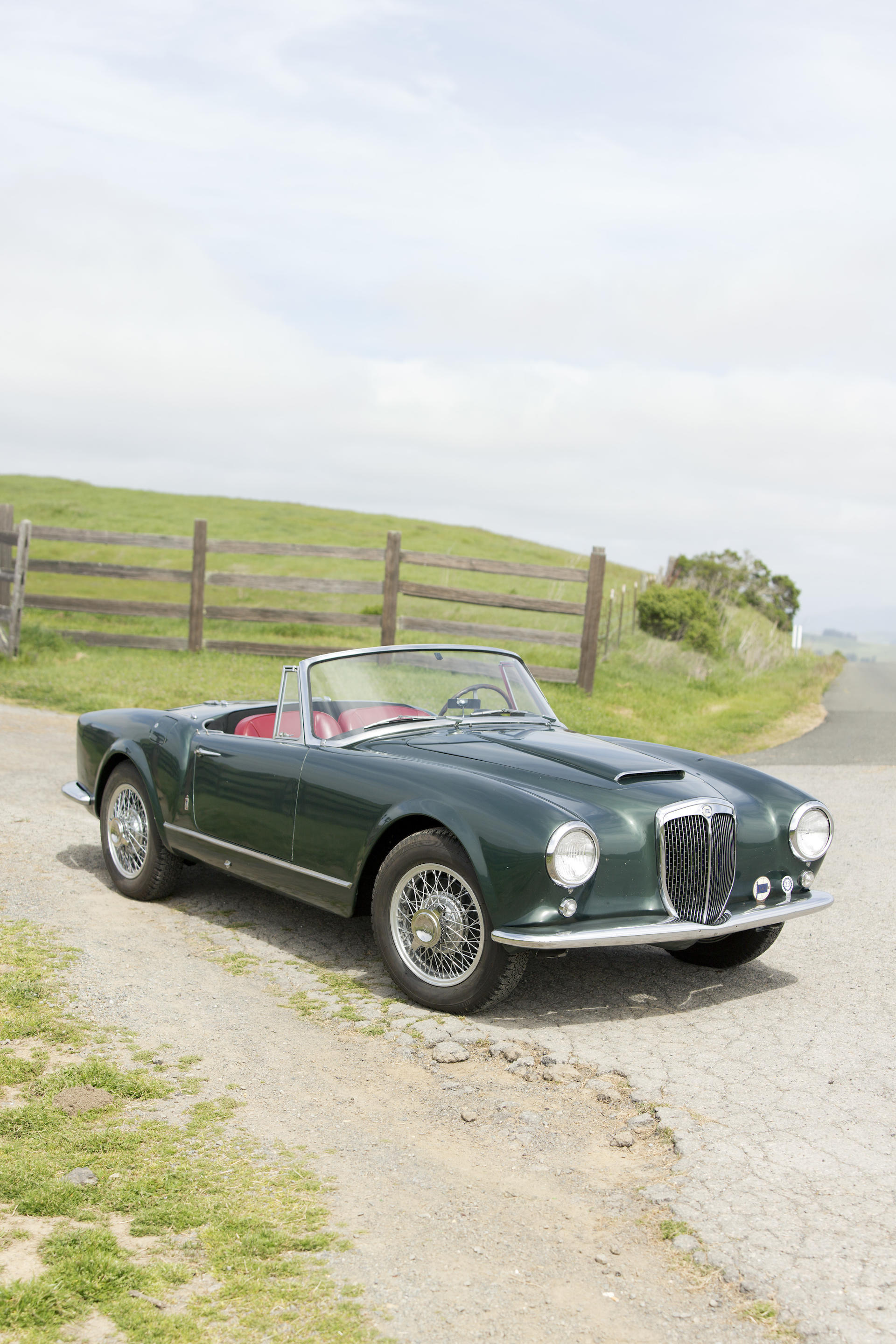
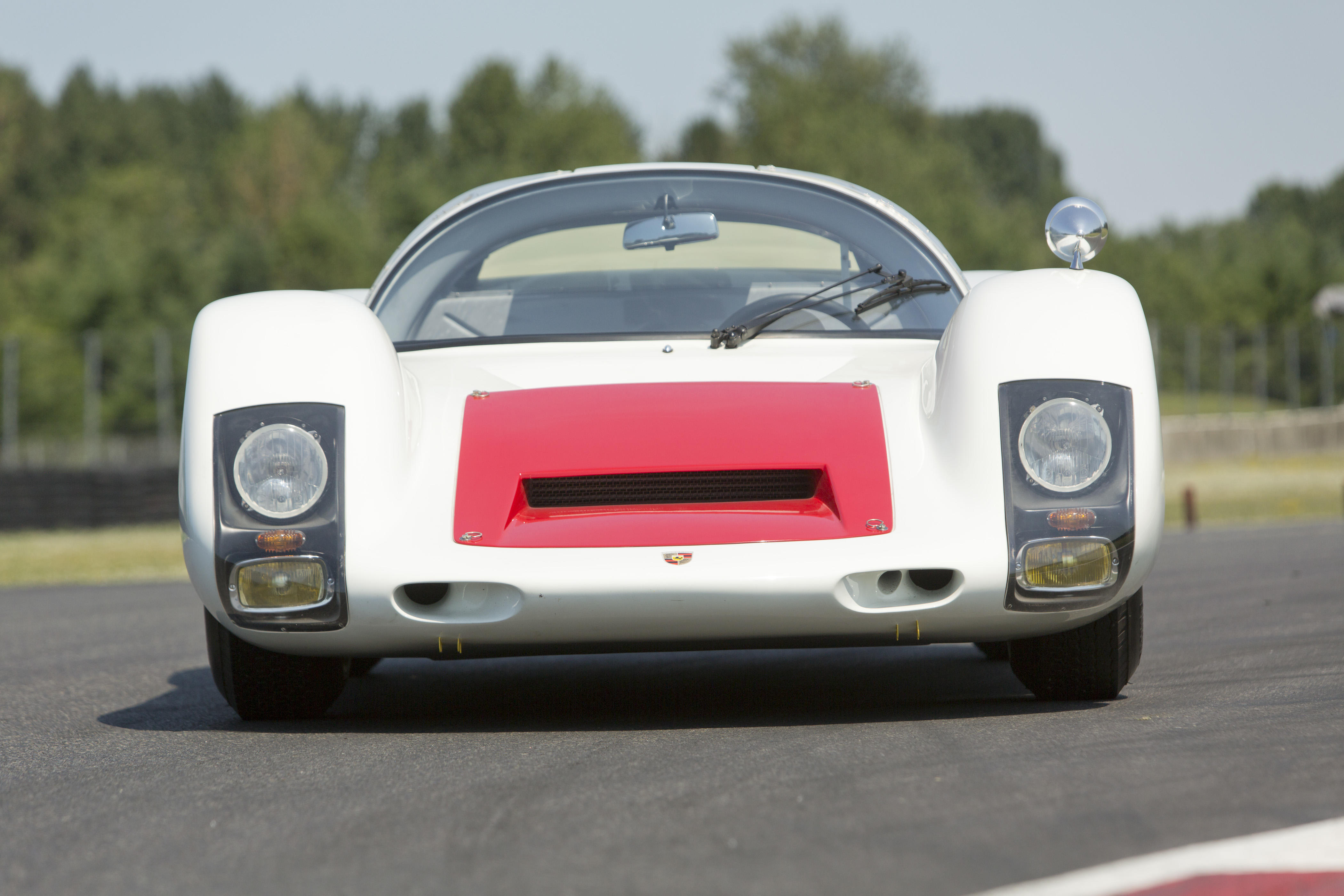
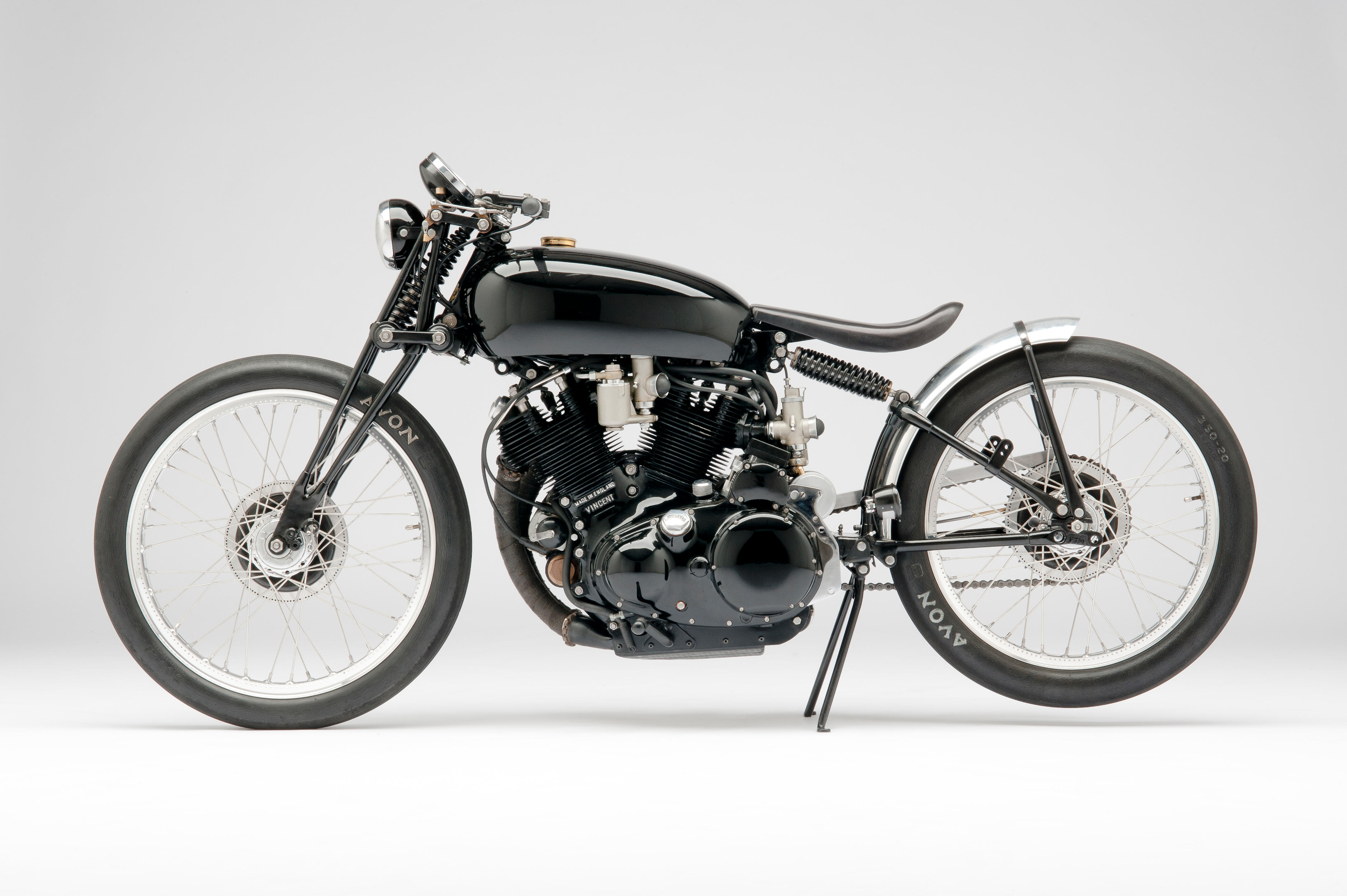
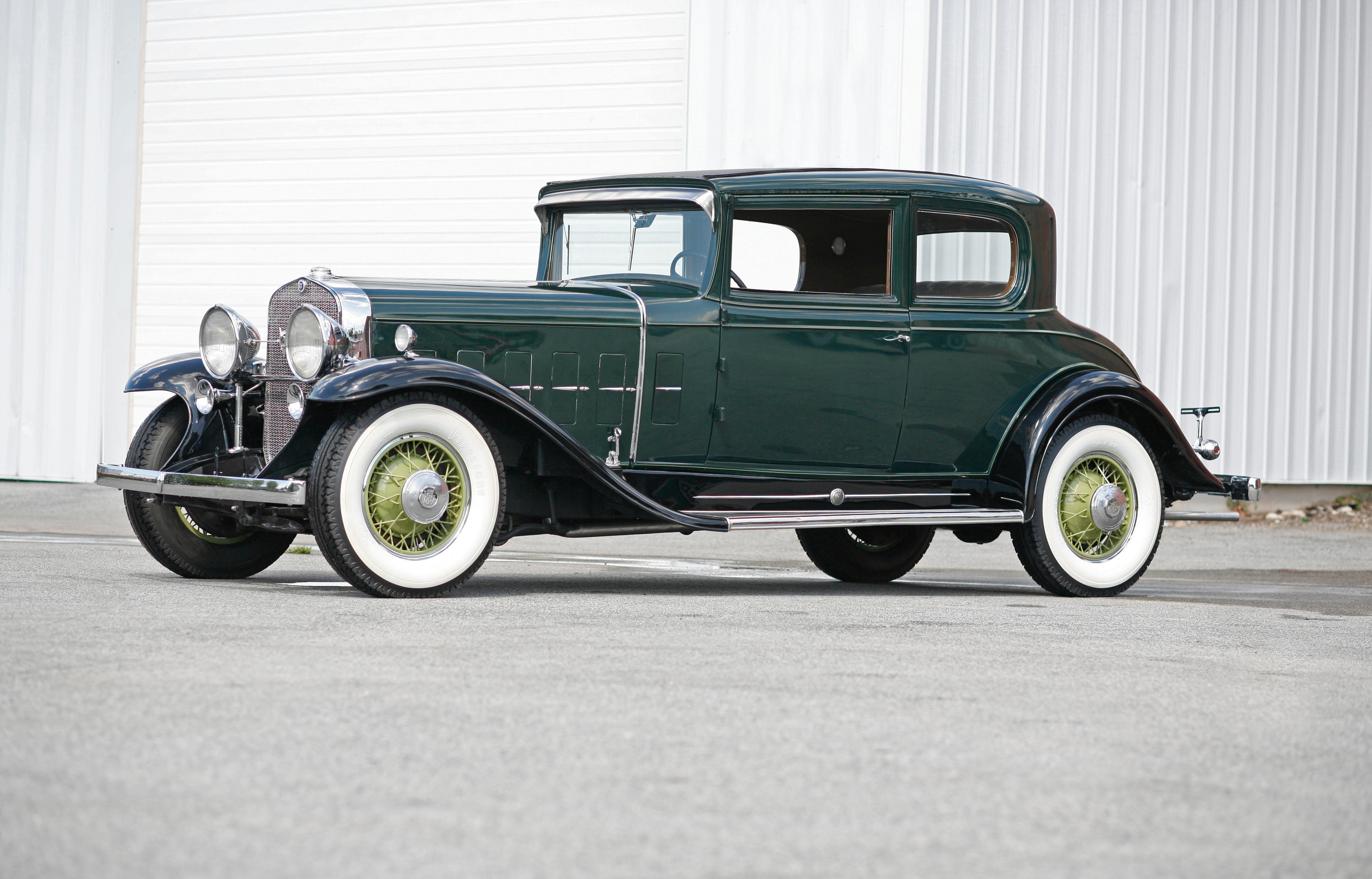
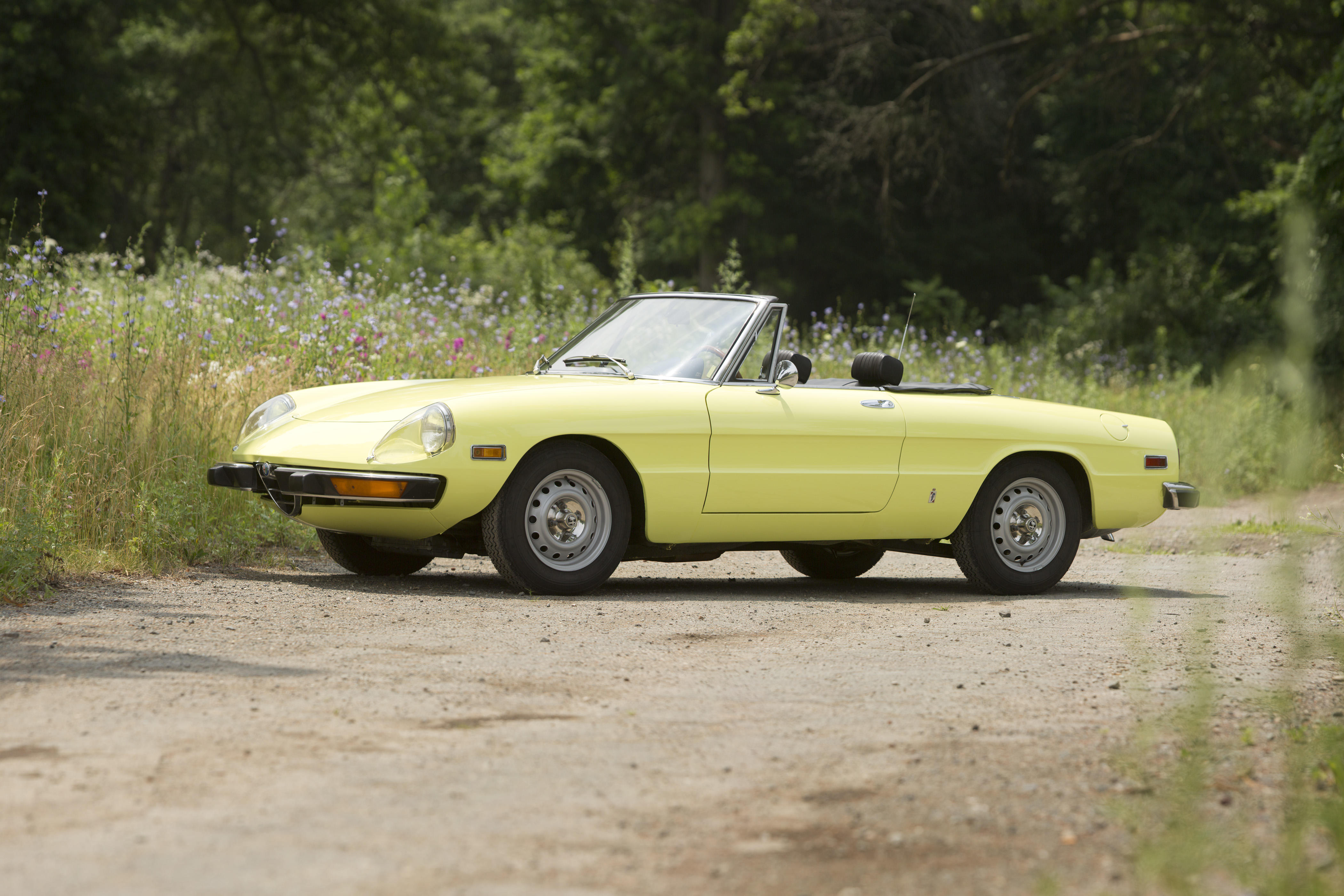
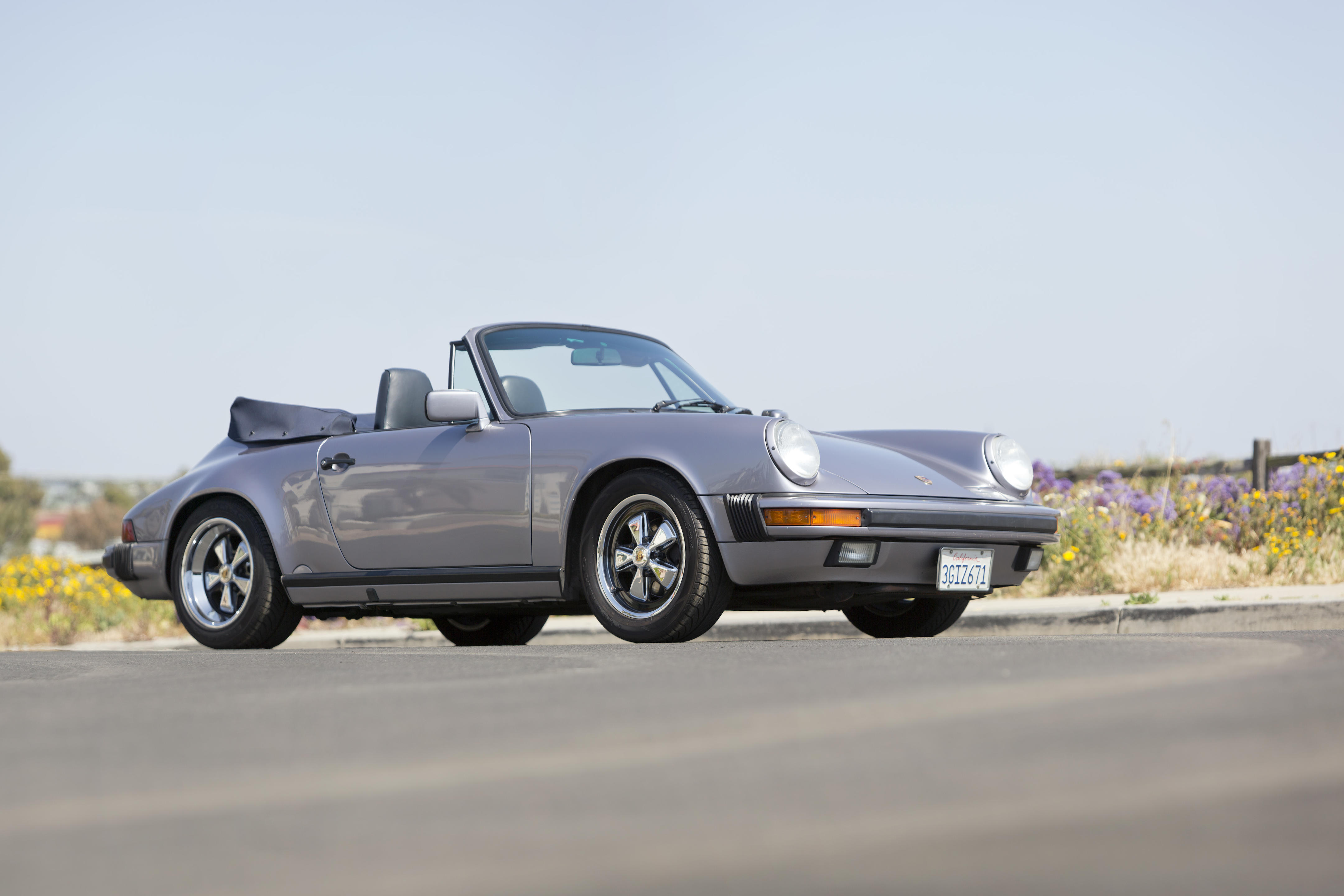
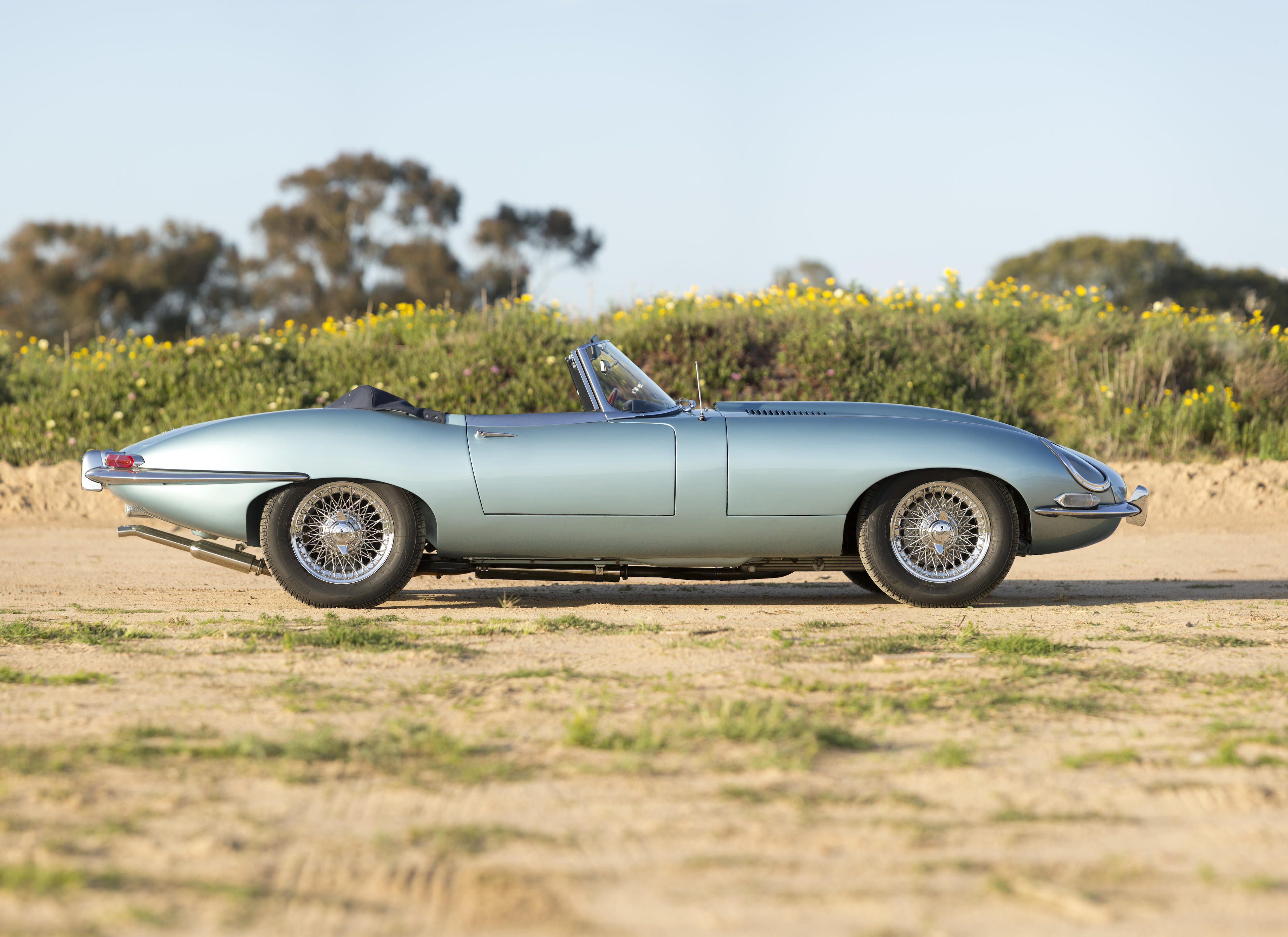

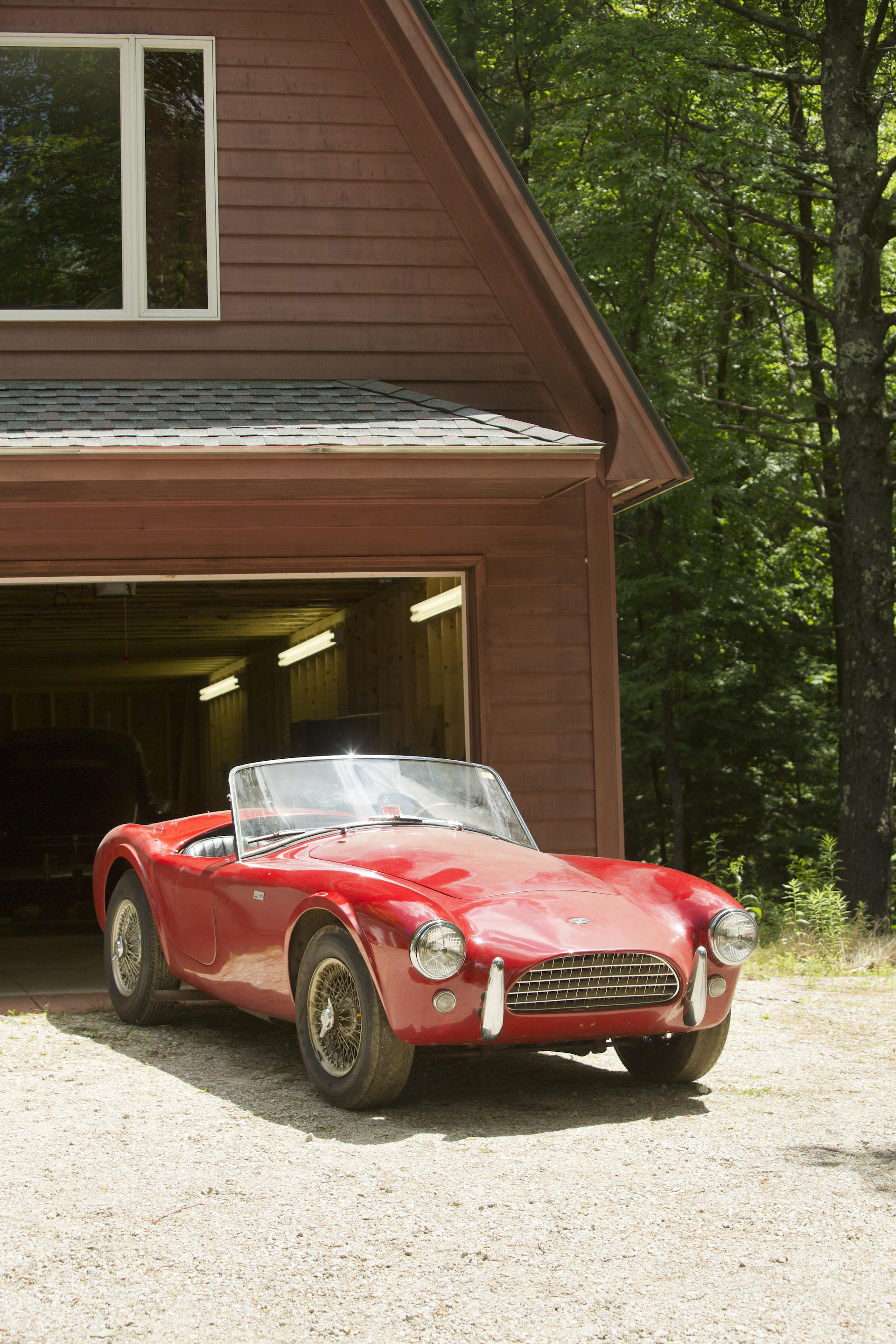
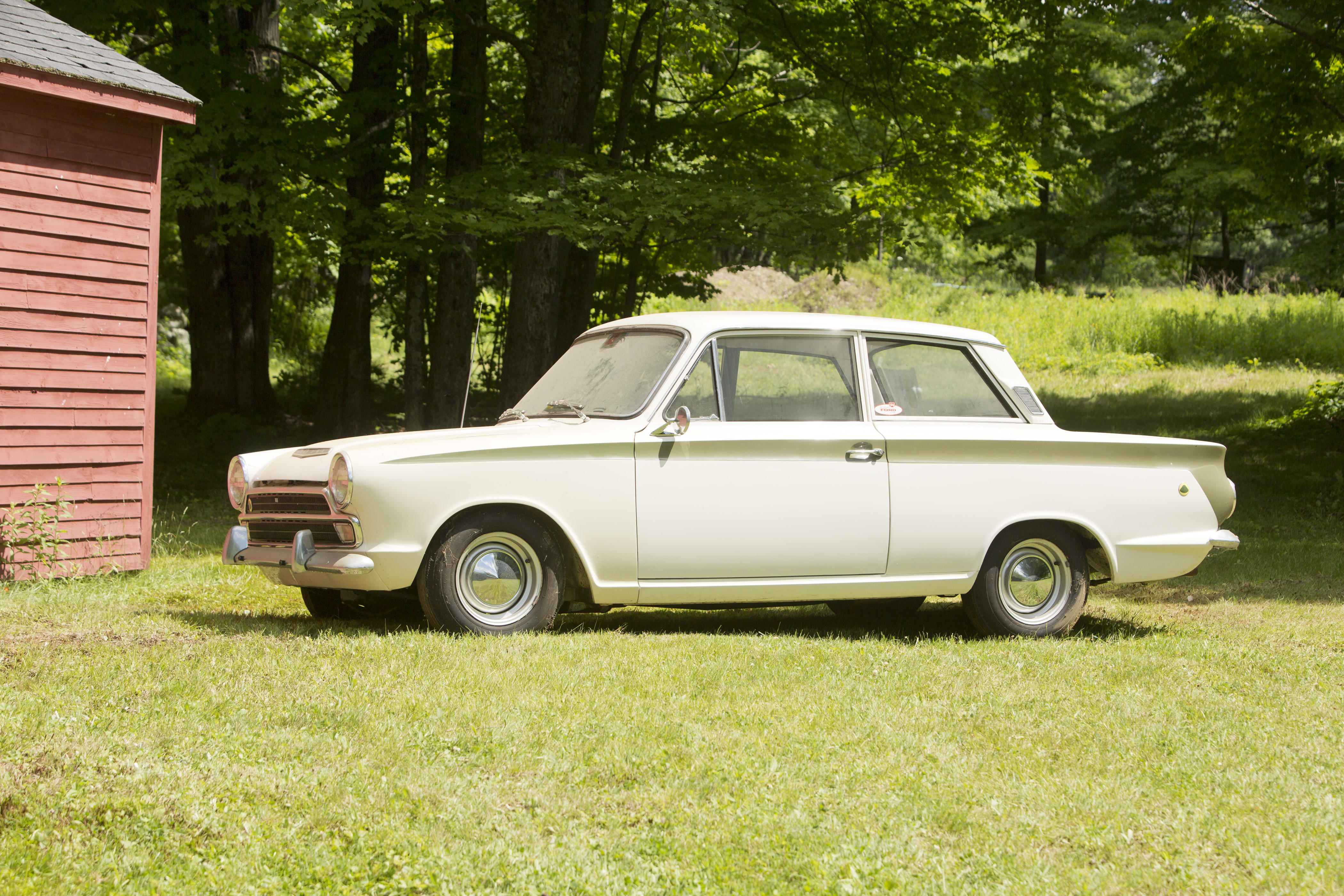

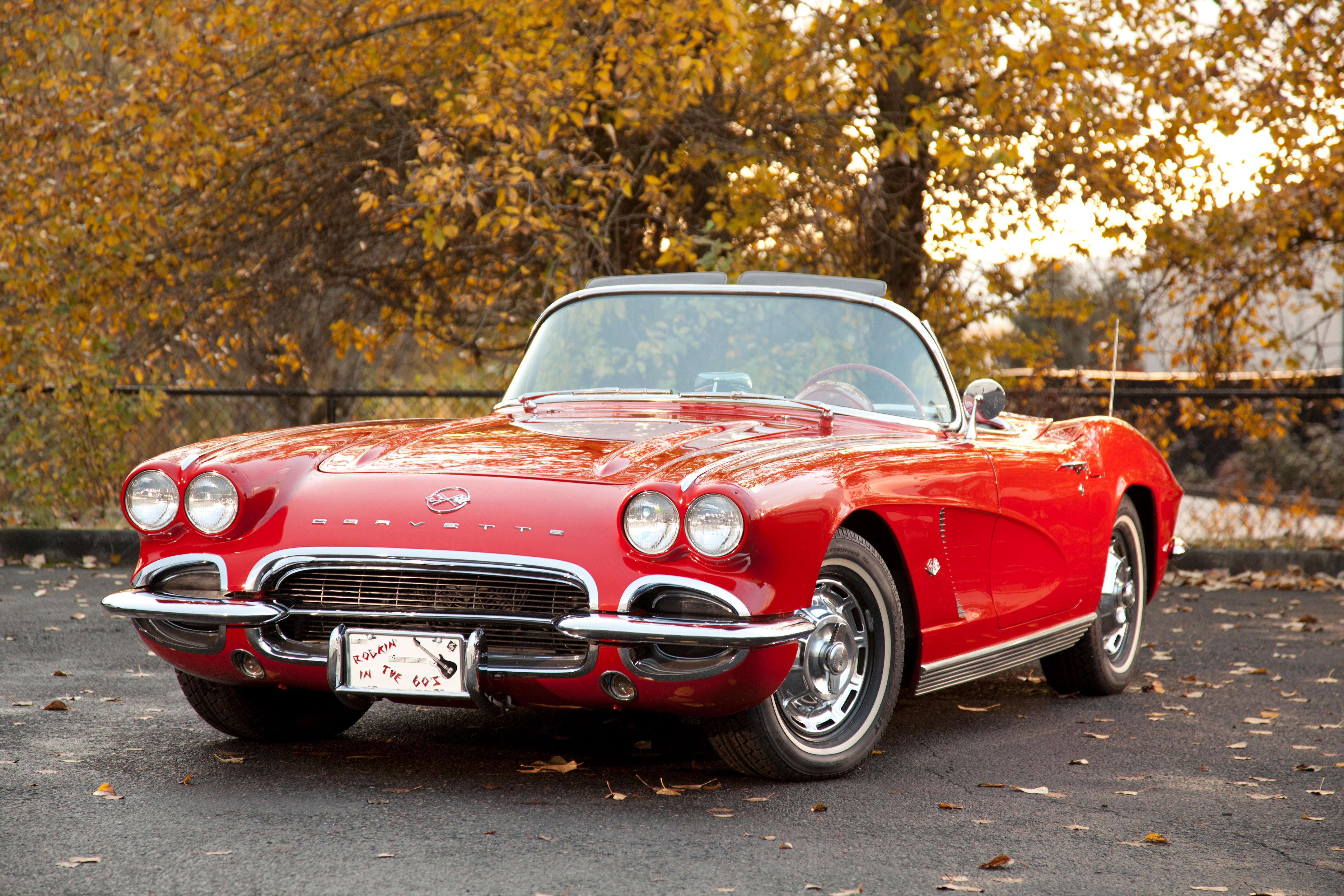
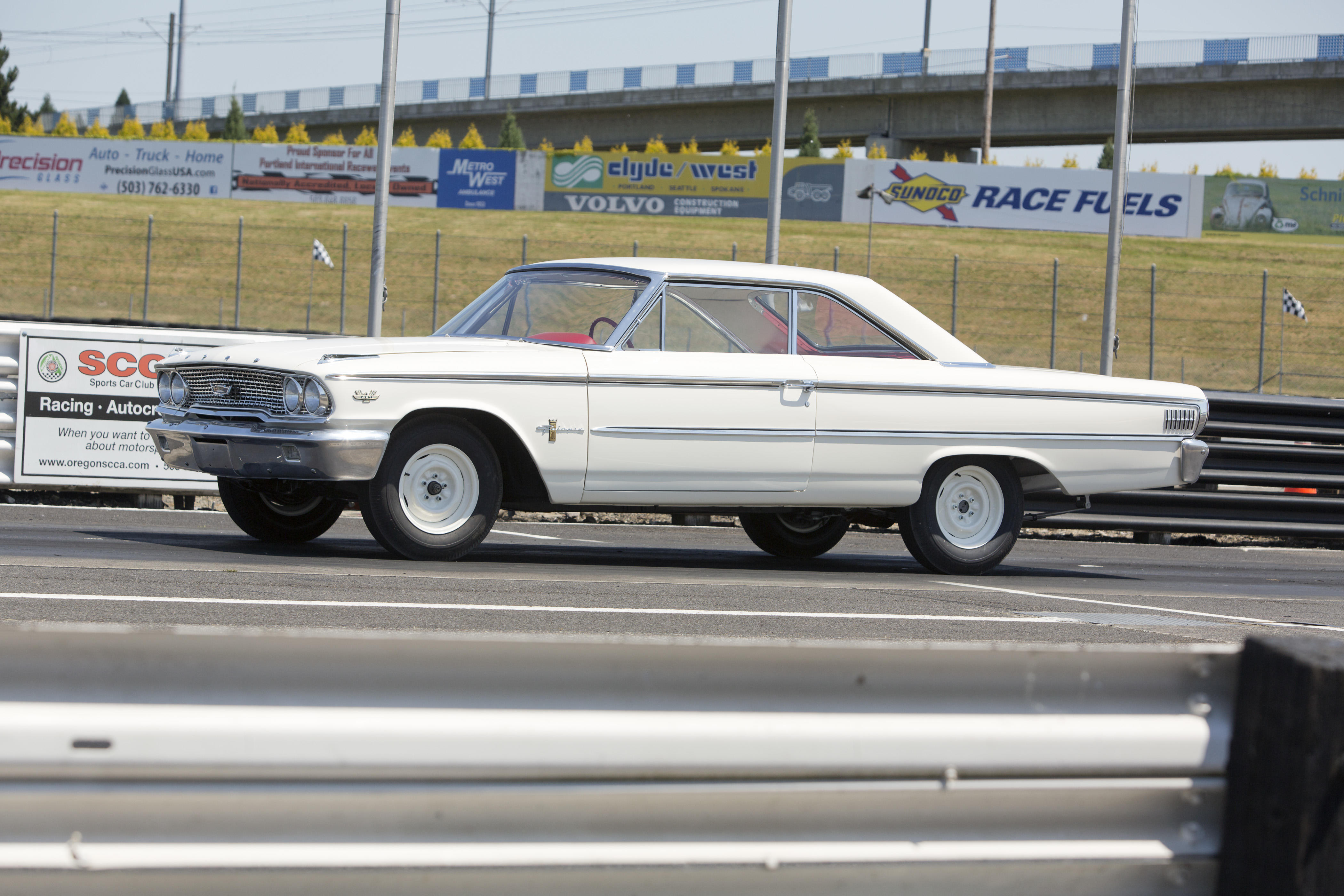

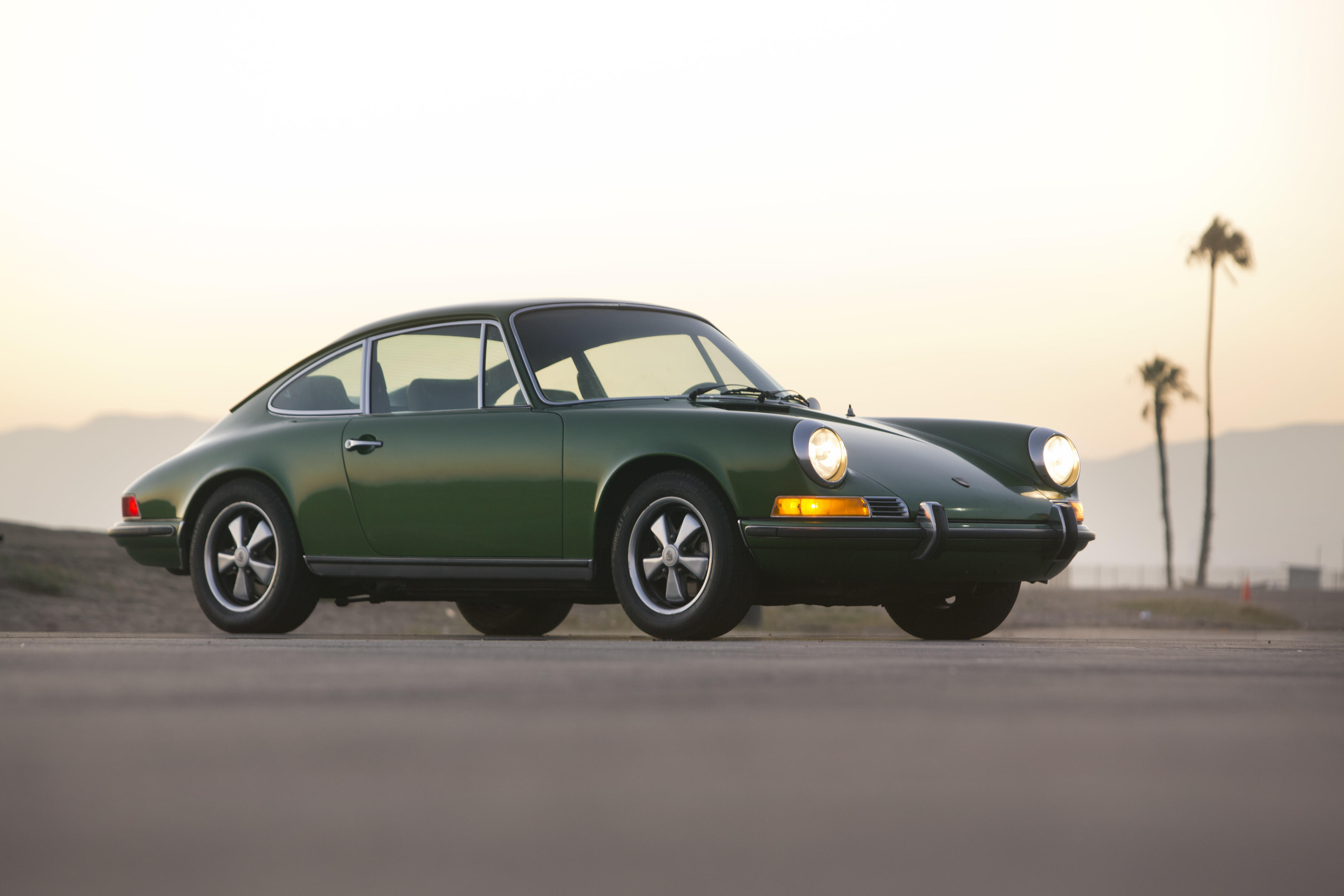
Try LotSearch and its premium features for 7 days - without any costs!
Be notified automatically about new items in upcoming auctions.
Create an alert